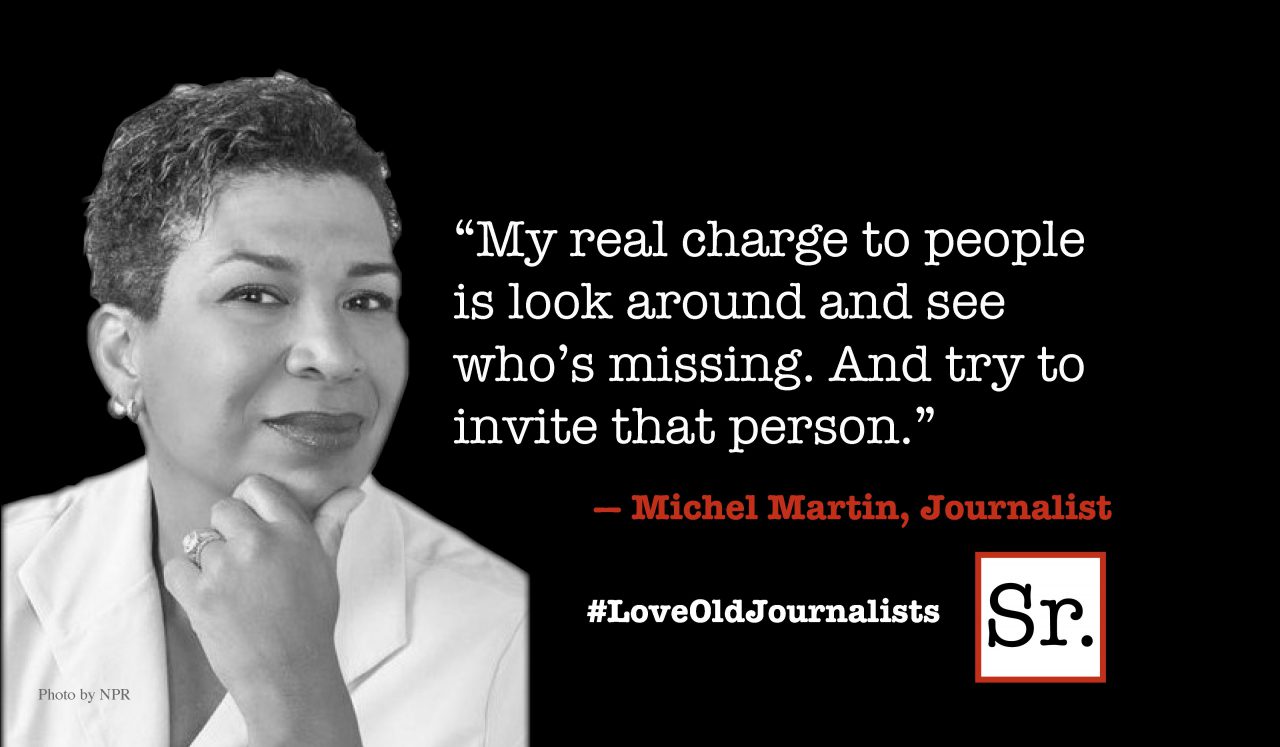Last year, government corruption investigators arrested a suspect every single weekday on average, according to a little-noticed report this summer by the Department of Homeland Security’s inspector general. The report detailed the number of investigations carried out (1,389), arrests made (318) and convictions (260).
Most of the cases involved agents of Customs and Border Protection (CPB), which includes the Border Patrol. The report raised a question: how many corrupt officers are evading detection?
Early in August, the Homeland Security Department’s acting inspector general, Charles K. Edwards, told a congressional subcommittee that Mexico’s criminal cartels were stepping up a systematic campaign of “recruiting and corrupting” Americans charged with keeping drugs, illegal immigrants and terrorists from crossing the 2,000-mile U.S.-Mexico border. “The obvious targets of corruption are front line Border Patrol agents and Customs and Border Protection officers,” Edwards said.
(Border patrol agents are deployed along the frontiers with Mexico and Canada. CBP officers work at points of entry — airports, seaports, official land crossings. Both agencies are part of the Department of Homeland Security).
“Less obvious are those employees who can provide access to sensitive law enforcement and intelligence operations, allowing the cartels to track investigative activity … border corruption may take the form of cash bribes, sexual favors and other gratuities.” The services corrupted officers provide in return range from waving shipments through their inspection lanes and escorting illegal border crossers to selling the work schedules of agents.
Compared with the size of CPB — almost 60,000 employees — the number of arrests and convictions looks minuscule. But both officials speaking off the record and independent experts think corruption is more widespread than the official figures indicate. “The number of corrupt officers is almost certainly higher than anybody cares to admit,” says Charles Bowden, a veteran border journalist and author of several books on America’s perennial war on drugs.
How much higher? Nobody knows. The billion-dollar business in smuggling drugs and people lends itself to guesstimates that begin with the earnings of the drug industry — between $30 billion and $50 billion a year. By some estimates, the illicit drug industry is Mexico’s second-largest source of foreign revenue, after oil. Most of the drugs reaching the insatiable U.S. market come across the southern border.
In recruiting agents, drug cartels use methods that echo those of foreign intelligence services in enlisting spies, according to investigators. Cartel recruiters look for officers with financial problems, marital difficulties, alcohol abuse, expensive tastes. The “honey trap” of sexy women — long a staple of international espionage – is frequently used to ensnare officials.
“Once you accept a bribe, you are trapped, there’s no going back,” said one border veteran. “They (the cartel) will threaten to report you to your bosses if you want to stop. Or harm your family.”
Border corruption investigations tend to be complex and protracted — just like the hunt for spies — though some corrupt agents have been caught red-handed in breathtakingly brazen acts. Example: in April, agents spotted the official patrol vehicle of fellow border patrol officer Michael Atondo backed up against the border fence in a remote area in Arizona. Backed up against the fence on the Mexican side were two SUVs.
Bundles were transferred from the Mexican vehicles to Atondo’s truck. He was stopped and arrested as he drove away, his vehicle laden with 745 pounds of marijuana.
The Mexican cartels’ intensified recruitment campaign appears to have gathered pace in synch with the rapid expansion of the Border Patrol, whose size has more than doubled over the past five years to around 22,000 now. The rush for higher numbers, veteran agents say, has resulted in lower standards and easier entry into the force.
Before the expansion, would-be agents had to undergo a lie-detector test. That fell largely by the wayside after the interview process was outsourced to private contractors. But a rising chorus of complaints prompted legislation — the Anti-Border Corruption Act of 2010 — that requires all applicants for jobs with the Border Patrol or CBP to undergo polygraph tests.
Signed by President Barack Obama in January last year, the law stipulates lie-detector tests for new applicants as from next year and background checks every five years for agents already in the force. Will that end the problem? Probably not, though it might diminish it.









